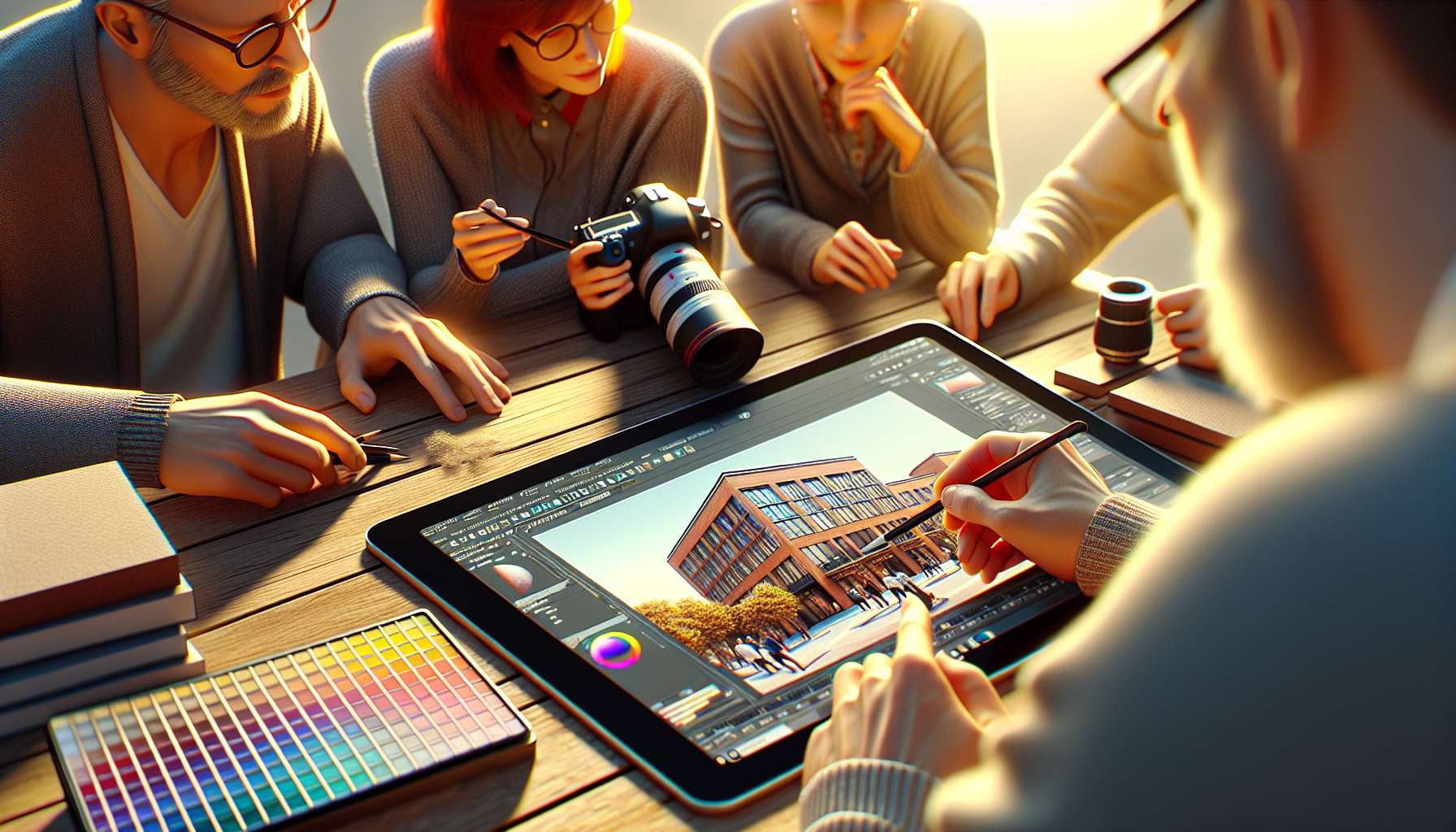The Power of 3D Product Modeling in B2B Marketing
As technology continues to advance, businesses are constantly seeking new ways to gain a competitive edge in the market. One area that has seen significant growth and potential is 3D product modeling in B2B marketing. By harnessing the power of augmented reality and artificial intelligence, businesses can create immersive and interactive experiences that not only captivate their audience but also drive sales and enhance customer satisfaction.
What is 3D Product Modeling?
3D product modeling is the process of creating digital representations of physical products using computer-aided design (CAD) software. These models can be viewed and manipulated in a virtual environment, allowing potential customers to explore the product from every angle and even interact with it in real-time.
The Benefits of 3D Product Modeling
- Enhanced Visualization: Traditional product images and descriptions can only go so far in conveying the true value and features of a product. With 3D product modeling, businesses can provide their customers with a realistic and immersive experience, allowing them to visualize the product in their own environment.
- Improved Customer Engagement: By incorporating 3D product models into their marketing strategies, businesses can significantly increase customer engagement. Interactive features such as zooming, rotating, and product customization options enable customers to actively participate in the buying process, leading to higher conversion rates.
- Reduced Returns and Increased Customer Satisfaction: One of the biggest challenges in B2B marketing is managing customer expectations. 3D product modeling helps bridge the gap between what customers expect and what they actually receive. By providing an accurate representation of the product, businesses can reduce the likelihood of returns and increase overall customer satisfaction.
- Streamlined Sales Process: 3D product modeling can also streamline the sales process by enabling sales teams to showcase products remotely. Instead of relying on physical samples or static images, sales representatives can use augmented reality tools to present products in a more engaging and persuasive manner, ultimately closing deals faster.
- Competitive Advantage: In today’s competitive business landscape, staying ahead of the curve is crucial. By adopting 3D product modeling, businesses can differentiate themselves from their competitors and position themselves as innovative and customer-centric organizations.
Real-World Examples
Several companies have already embraced 3D product modeling in their B2B marketing strategies, reaping the benefits of this cutting-edge technology. For instance, a leading furniture manufacturer implemented 3D product modeling on their website, allowing customers to virtually place furniture pieces in their own homes before making a purchase. This resulted in a significant increase in online sales and a reduction in returns.
In the automotive industry, car manufacturers are using 3D product modeling to showcase the interior and exterior features of their vehicles. Potential buyers can explore the car’s design, test different color options, and even take virtual test drives, all from the comfort of their own homes. This immersive experience has proven to be a game-changer in driving customer engagement and influencing purchasing decisions.
The Future of 3D Product Modeling
The future of 3D product modeling in B2B marketing looks promising. As technology continues to evolve, we can expect even more advanced features and capabilities. For example, artificial intelligence algorithms can be integrated into 3D product models to provide personalized recommendations based on customer preferences and behavior.
Furthermore, as augmented reality devices become more accessible and affordable, businesses will have the opportunity to take 3D product modeling to the next level. Imagine a scenario where customers can try on virtual clothing or test out different furniture arrangements in their own homes using nothing more than a smartphone or a pair of smart glasses.
Conclusion
3D product modeling is revolutionizing B2B marketing by providing businesses with a competitive edge. The benefits of enhanced visualization, improved customer engagement, reduced returns, streamlined sales processes, and a distinct competitive advantage make it a must-have tool for any forward-thinking organization.
By embracing this technology, businesses can create memorable and immersive experiences for their customers, ultimately driving sales, increasing customer satisfaction, and solidifying their position as industry leaders. The future of 3D product modeling is bright, and those who embrace it early on will undoubtedly reap the rewards.





